
1st solar eclipse of 2025 puts on stunning show for skywatchers around the world (photos)
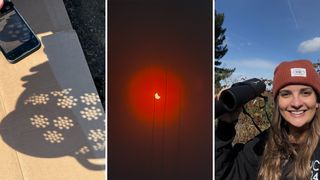
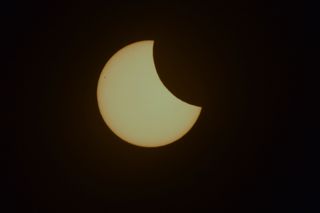
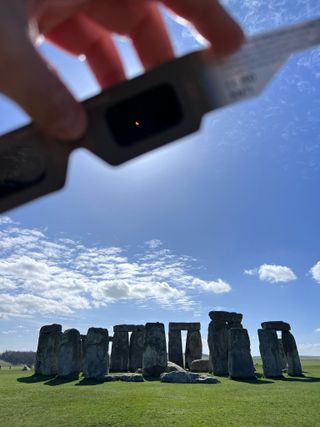
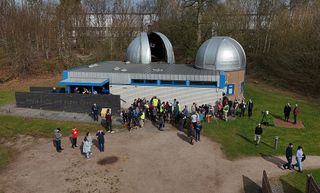
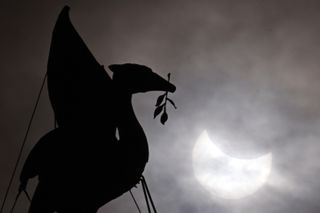
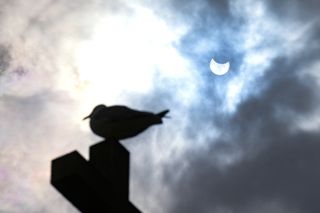
The partial solar eclipse of March 29, 2025, did not disappoint. As the moon crept across the face of the sun, skywatchers around the world turned their eyes—and their cameras—toward the sky to witness this celestial spectacle.
In Nuuk, Greenland, the partially obscured sun formed a glowing crescent above a statue, piercing through a partly cloudy sky in a scene that looked almost surreal. The photograph, taken by Leon Neal, beautifully captured the ethereal moment of alignment between Earth, moon, and sun.
This morning’s eclipse offered a dramatic show. At its peak, the moon appeared to take a powerful ‘bite’ out of the sun, forming striking visuals like crescent-shaped suns, the rare “devil’s horns,” and even what some observers dubbed a “double sunrise.” For those lucky enough to be in the right place at the right time, it was an unforgettable experience.
What Is a Partial Solar Eclipse?
A partial solar eclipse occurs when the moon moves between the Earth and the sun but does not completely cover the solar disk. Instead, a brilliant crescent sun remains visible, creating a uniquely beautiful sight.
The eclipse began at 4:50 a.m. EDT (0850 GMT) and reached its maximum at 6:47 a.m. EDT (1047 GMT). Viewers across parts of North America and Europe enjoyed the most favorable conditions, although cloud cover affected visibility in some regions.
Unlike total eclipses—where the sun is entirely obscured by the moon—partial eclipses require solar viewing protection throughout the entire event. Observers used eclipse glasses, solar filters, and specialized binoculars or telescopes to safely take in the view.
A Personal Perspective from the U.K.
For many in the U.K., where cloud cover often spoils astronomical events, this eclipse was a rare treat. One observer shared:
“This was easily the best solar eclipse I’ve ever witnessed. Last April’s total eclipse was a complete washout for me, and usually, U.K. weather buries these events in thick clouds. But today—clear skies and perfect timing!”
Armed with solar eclipse glasses, a Celestron EclipSmart binocular, and even a kitchen colander—which projected dozens of tiny crescent suns—viewers in Nottingham, U.K. had front-row seats to the show.
Andy Moran, a skywatcher in Nottingham, captured a stunning image where a sunspot is visible in the upper-left portion of the sun, with the moon edging in from the right.
“The lunar eclipse a few weeks ago was clouded out, which made today’s clear-sky eclipse even more thrilling,” Moran told Space.com.
Ancient Monuments and Modern Views
At Stonehenge, the clouds parted just in time, allowing a spectacular view of the crescent sun rising above the ancient stones. Astrophotographer Josh Dury shared a video from the site:
“Look how the skies have cleared up. We’re so lucky in England today to have some of the best clear skies for this event.”
Other stunning locations also delivered memorable views:
-
In Liverpool, U.K., Paul Ellis captured the moon sliding across the sun behind the iconic Liver Bird statue atop the Royal Liver Building—an awe-inspiring fusion of nature and architecture.
-
In Keele, Staffordshire, crowds gathered at the Keele Observatory, donning eclipse glasses and gazing upward with wonder.
-
In A Coruña, Galicia, Spain, M. Dylan photographed the eclipse from the Municipal Cemetery of San Amaro, with a silhouette of a bird framed against a cloud-filtered crescent sun.
These images, taken across different countries and settings, highlighted both the global reach and personal intimacy of the event.
Looking Ahead: When’s the Next Eclipse?
If this eclipse has ignited your curiosity or left you wanting more, you won’t have to wait too long. The next partial solar eclipse will occur on September 21, 2025. However, visibility will be limited to remote regions in the Southern Hemisphere, making it more challenging for most viewers to catch.
For those inspired to explore further, skywatching doesn't stop here. Consider diving deeper with resources like:
-
The Ultimate Guide to Observing the Moon — for tips on exploring lunar seas, mountains, and craters.
-
Apollo Landing Site Guide — to trace where astronauts once walked.
-
How to View the Sun Safely — essential advice on equipment and techniques for solar observations.
A Final Thought
The March 2025 eclipse was a powerful reminder of the beauty and wonder of our universe. Whether you viewed it from an ancient monument, your backyard, or a public observatory, this shared moment of cosmic alignment connected skywatchers across continents—and left many already counting down to the next one.
News in the same category


From Prophecy to Preparedness: Ghana’s Ark Builder and the Questions Behind Apocalyptic Claims

Teen Builds $500 Dialysis Machine That Works Faster Than Hospital Models

Elon Musk Calls on 226 Million Followers to Cancel Netflix Amid Surging Boycott Movement

Officer Breaks Car Window to Rescue Baby – Then Realizes It Was a Mistake

What Space Actually Smells Like, According to Astronauts and Scientists
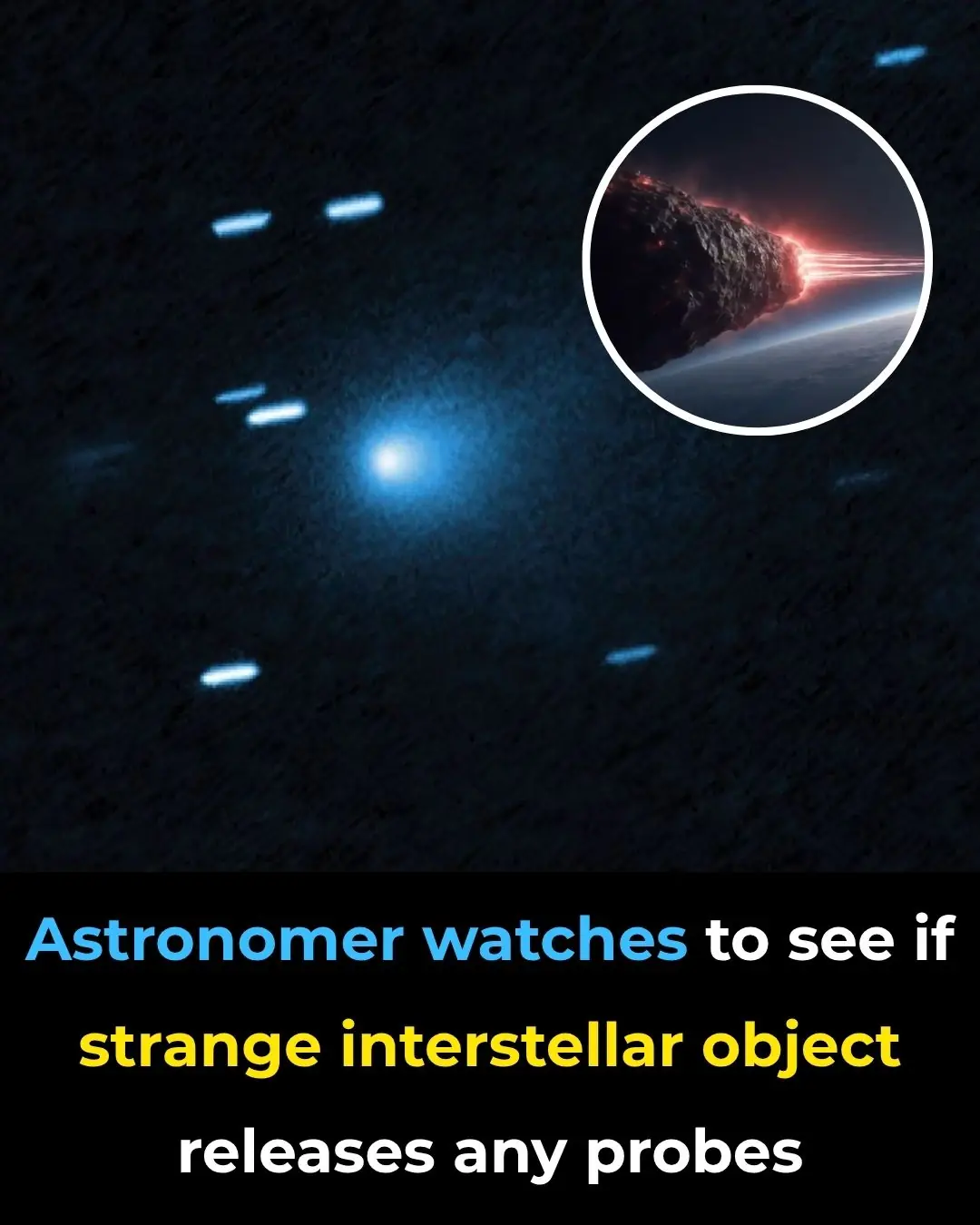
Scientist Watches to See If Strange Interstellar Object Releases Any Probes
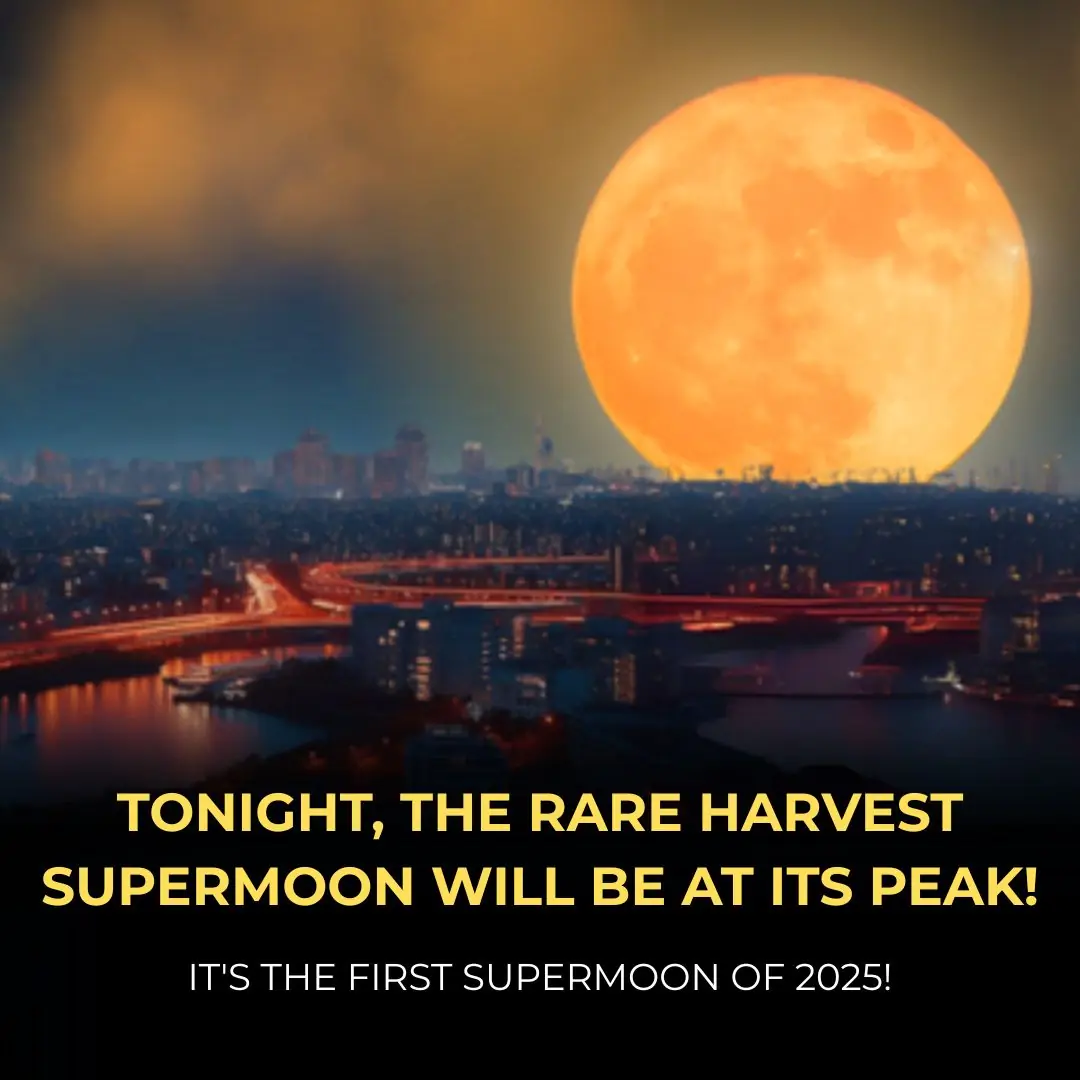
Prime views of the Andromeda Galaxy and Ceres—October 2
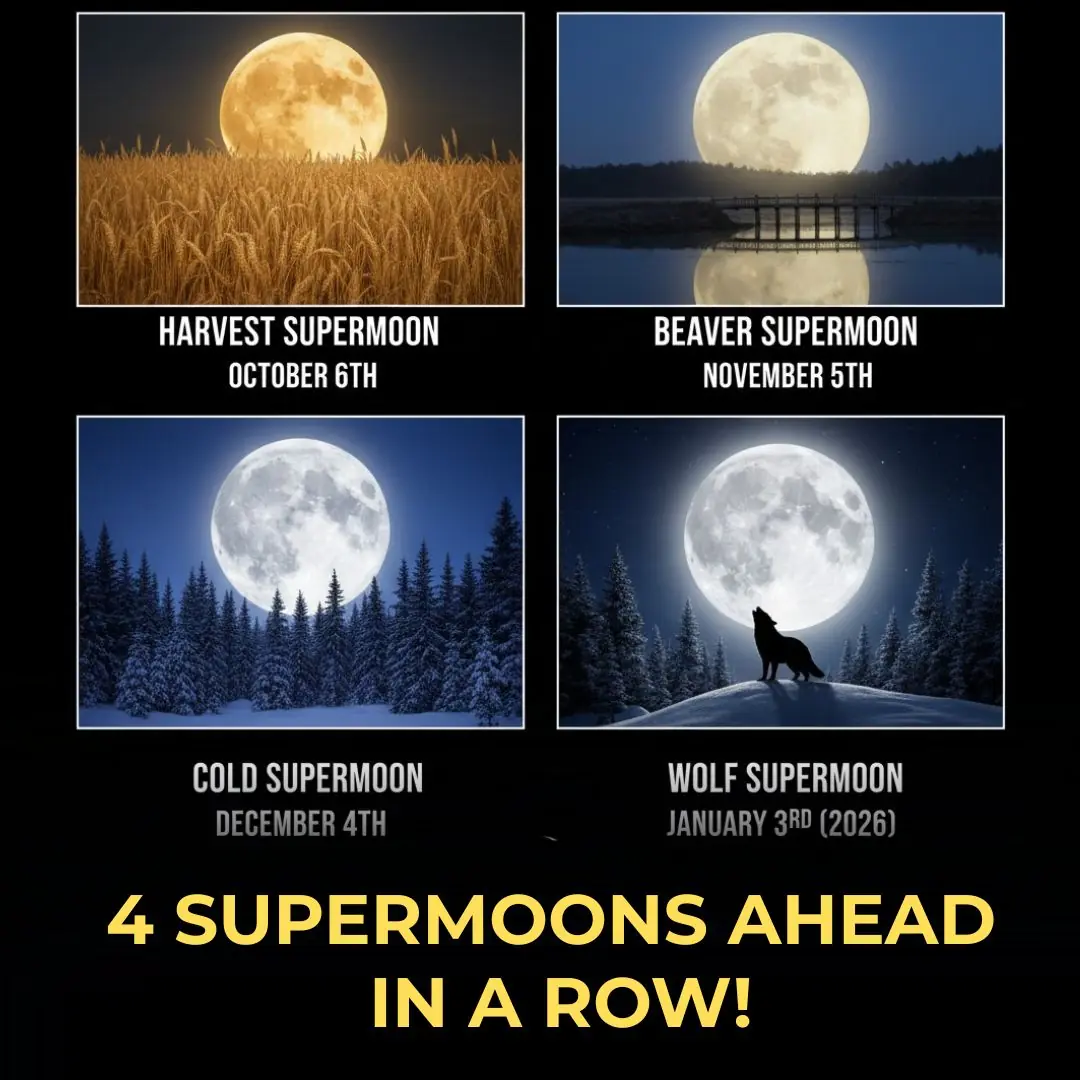
Prime views of the Andromeda Galaxy and Ceres—October 2
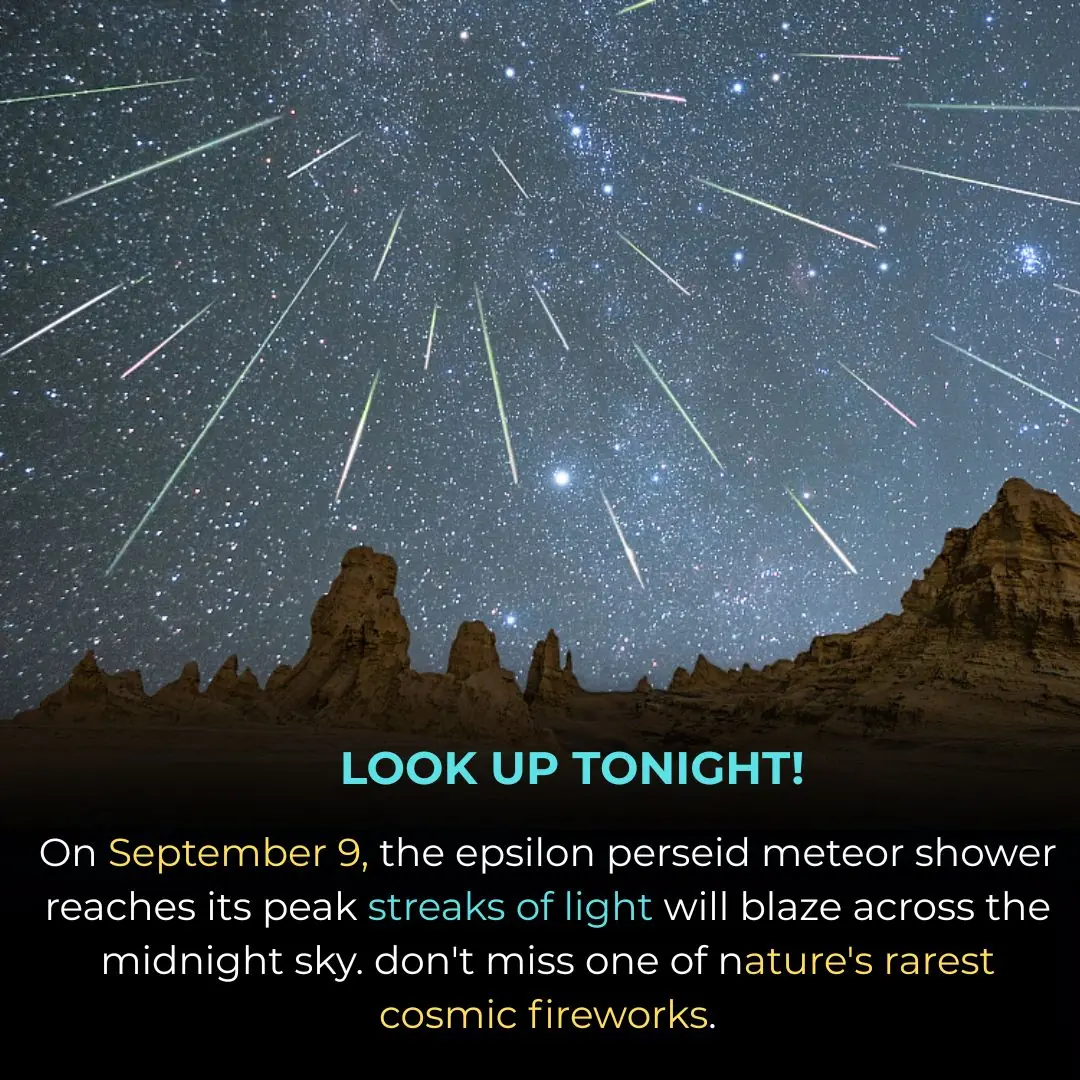
September 9 Meteor Shower: Epsilon Perseids to Dazzle the Night Sky
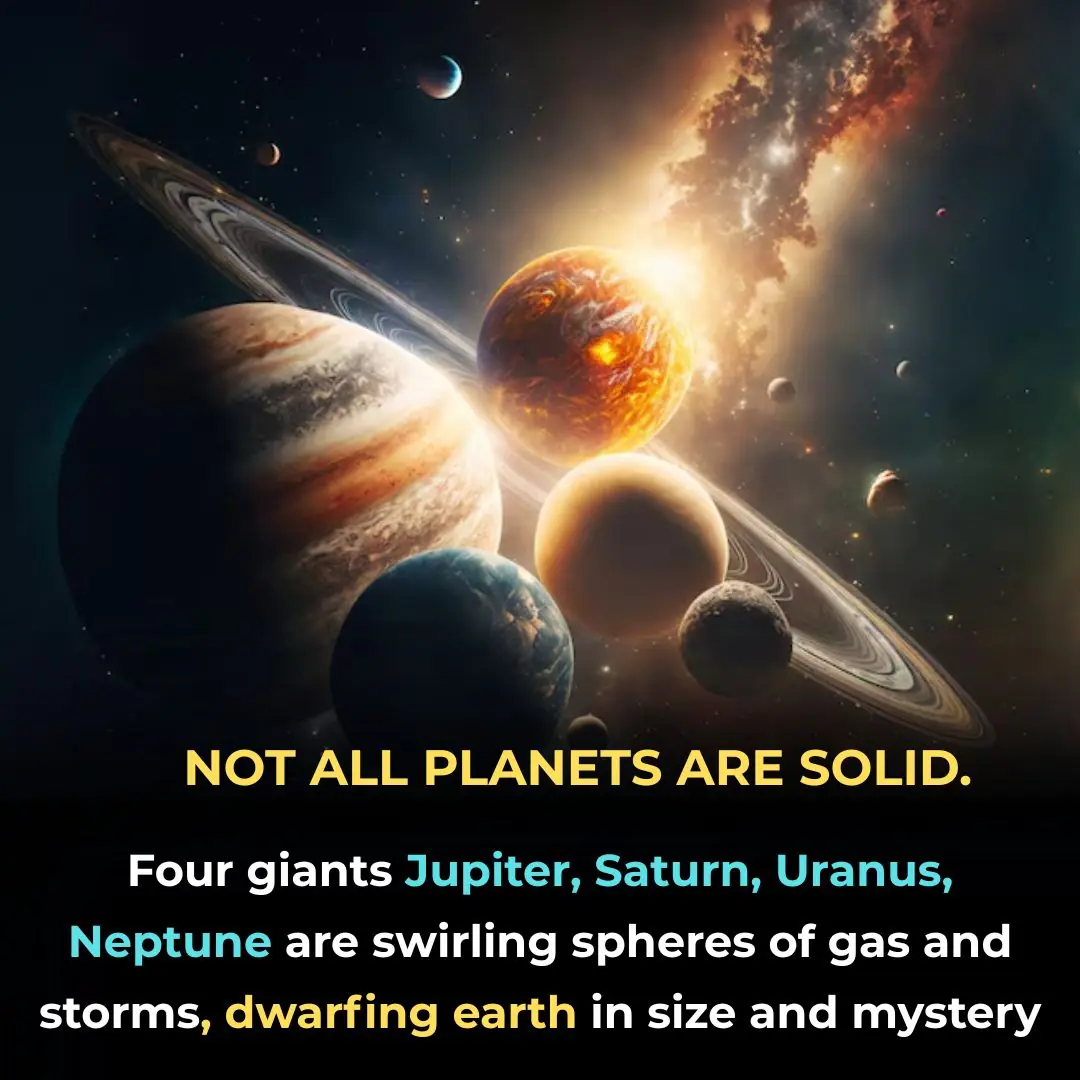
Gas Giants of the Solar System: Jupiter, Saturn, Uranus & Neptune

YouTuber destroys new iPhone Air with a blowtorch to test its durability

GameStop issues promising statement following Xbox Game Pass price hike
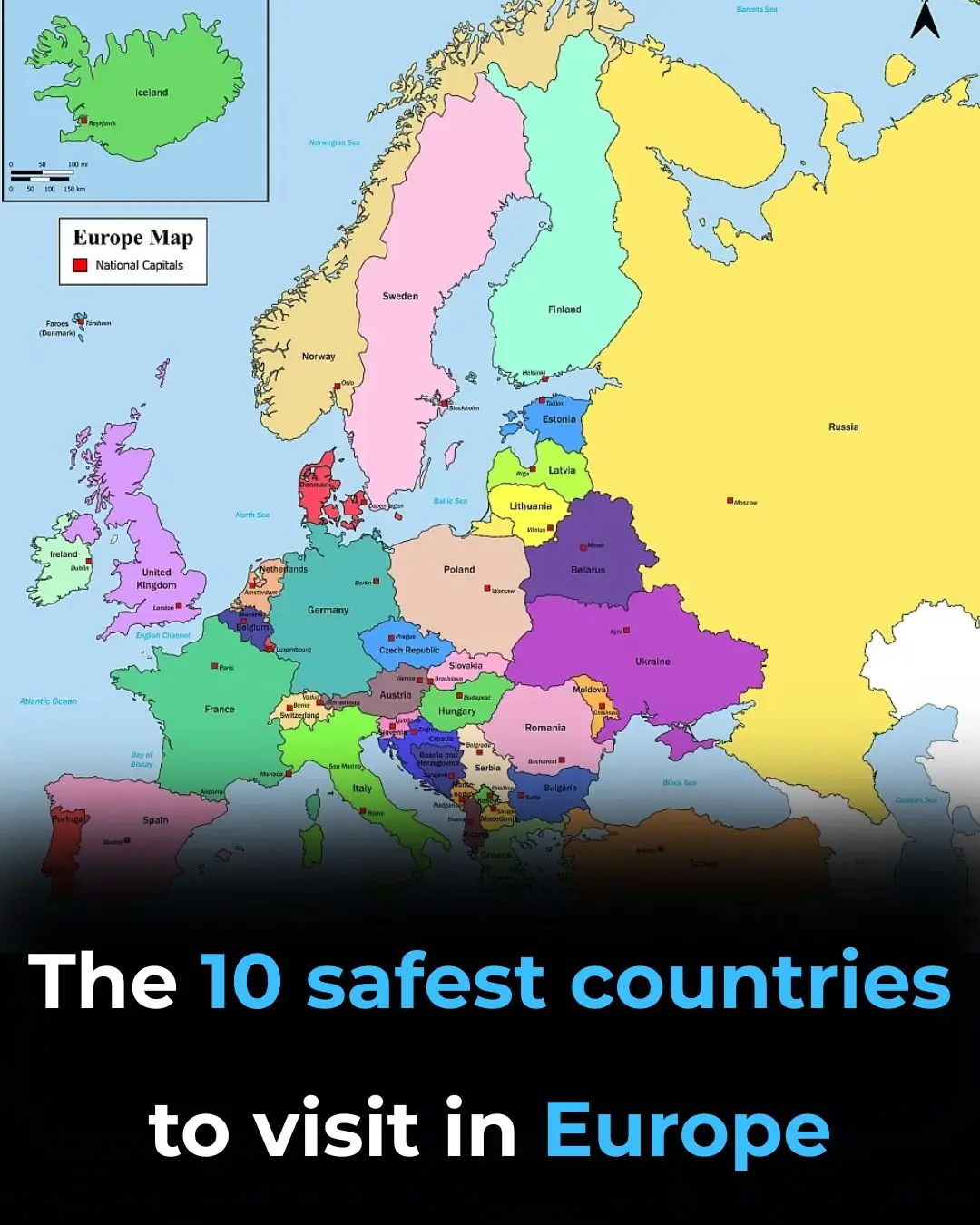
10 Safest Countries to Visit in Europe
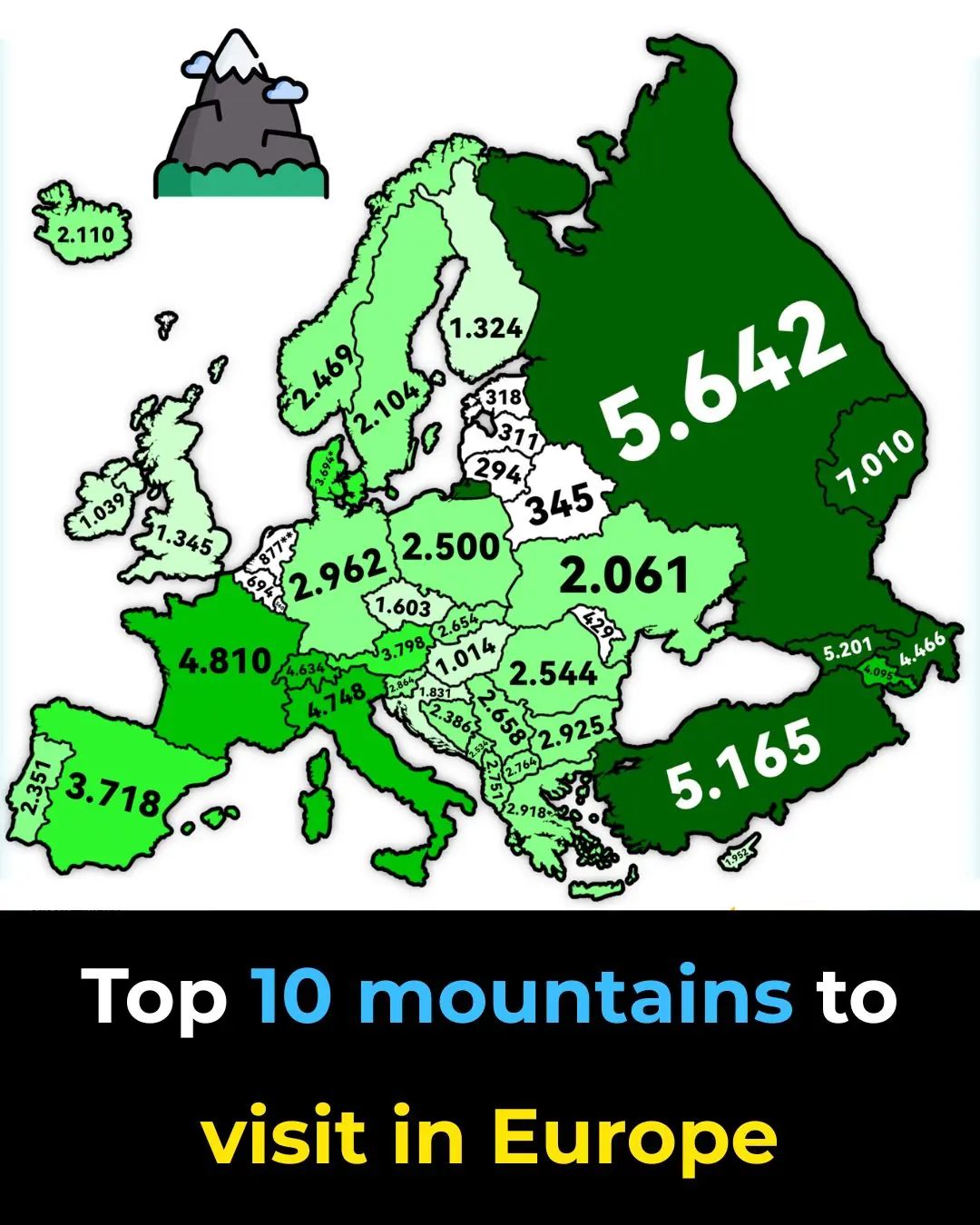
Majestic Peaks: Top 10 Mountains to Visit in Europe
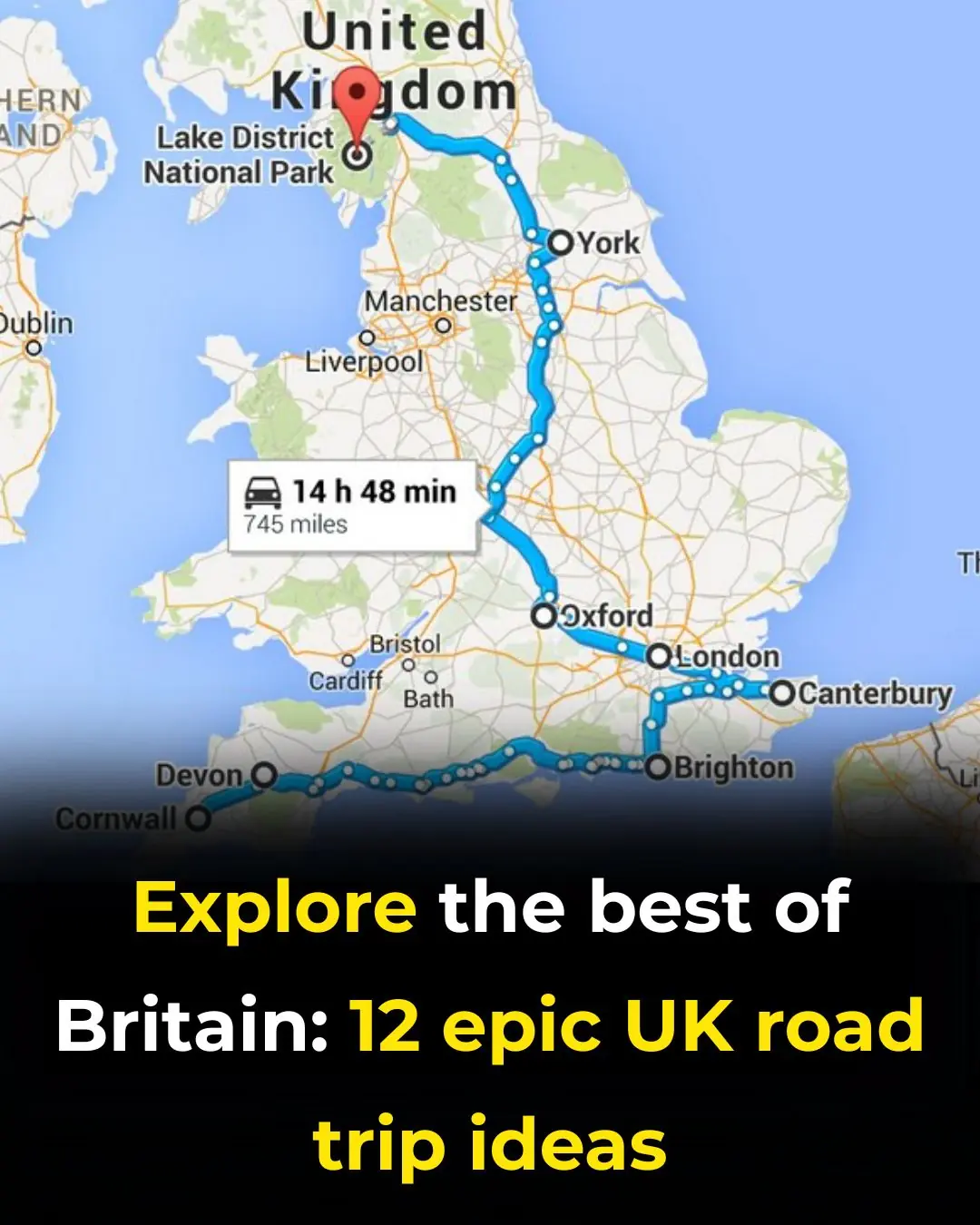
Explore the Best of Britain: 12 Epic UK Road Trip Ideas
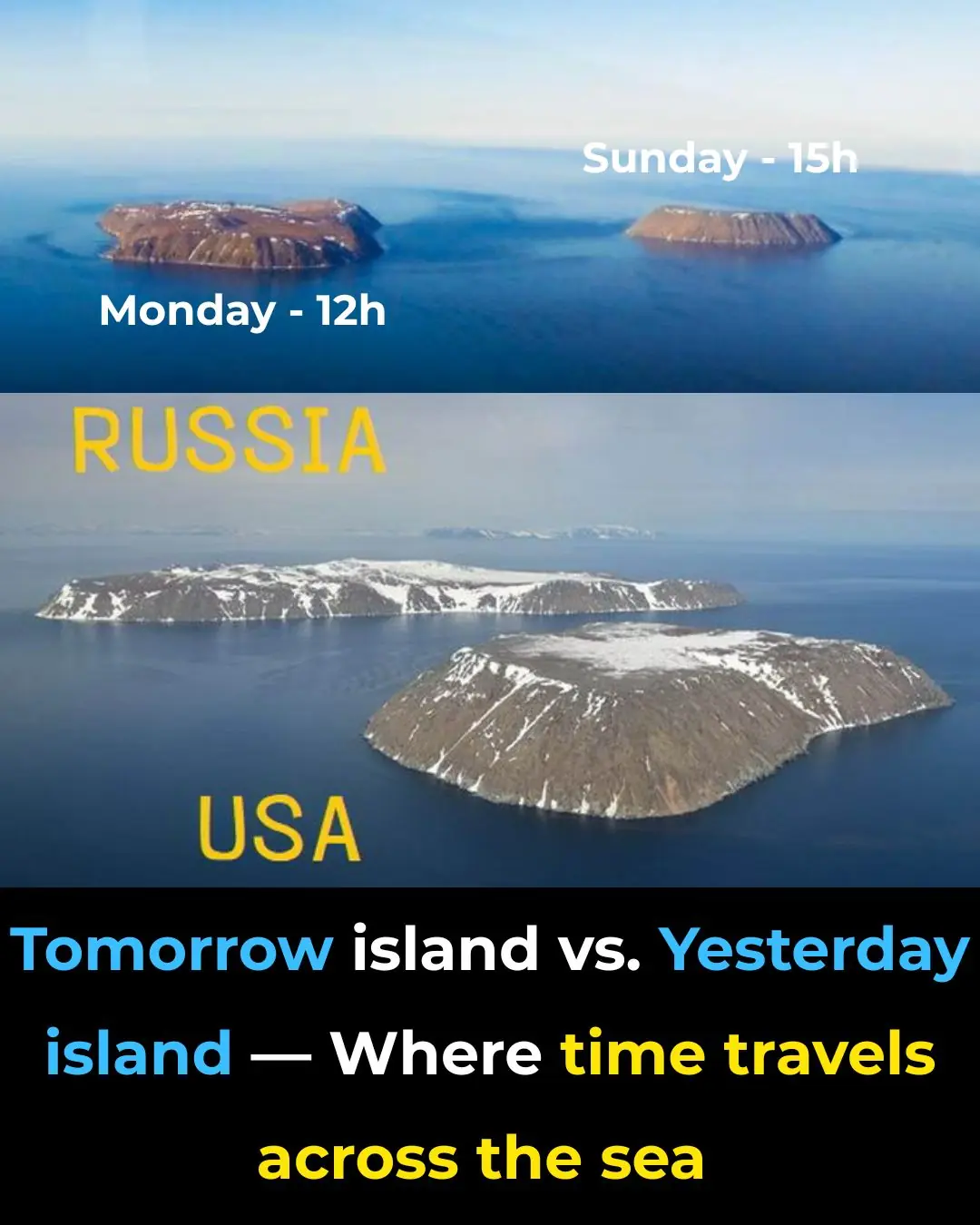
Tomorrow Island (Russia) and Yesterday Isle (USA) Are Just Three Miles Apart But There’s a 21-Hour Time Difference Between Them
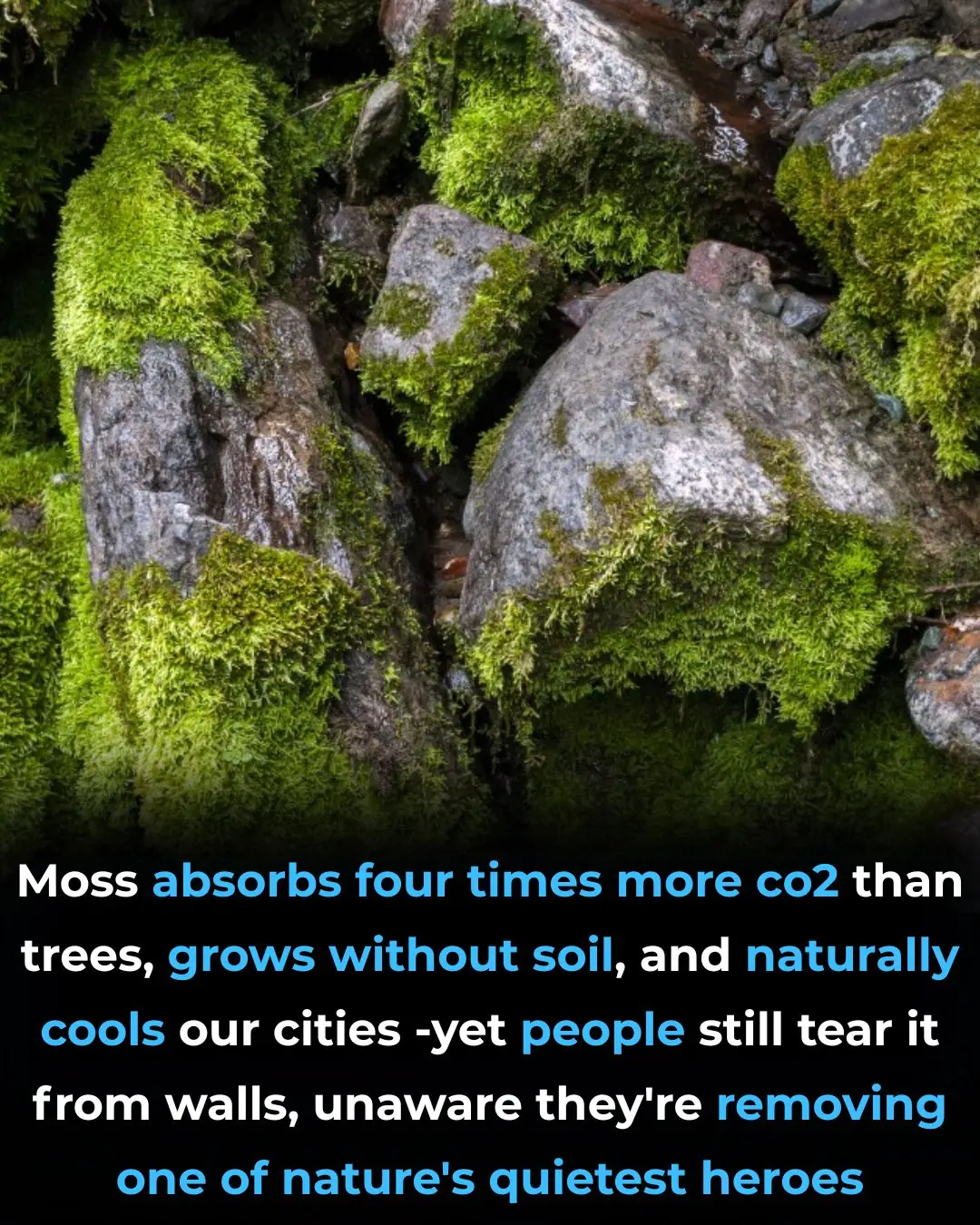
The Mighty Moss: Nature’s Unsung Superhero

Demystifying Oxygen Production: Oceans vs. Amazon Rainforest
News Post

Tems to Headline First-Ever FIFA Club World Cup Final Halftime Show

BLK & Bold, the First Black-Owned Nationally Distributed Coffee Brand, Expands to Costco

One Vitamin That Could Transform Your Circulation

White Bumps on Your Face Don’t Try to Remove Them

How the U.S. government shutdown is set to upend the lives of thousands of ordinary Americans

From Prophecy to Preparedness: Ghana’s Ark Builder and the Questions Behind Apocalyptic Claims

Trump Schedules White House UFC Fight for His 80th Birthday After Sharing Plans for the Dramatic Stage

Concerns for sobbing Amy Dowden following Strictly exit

Strictly stars Amber Davies and Nikita Kuzmin warned over behind-the-scenes ‘rift’

Queen Camilla's cheeky tribute to Jilly Cooper wishing her 'impossibly handsome men' in hereafter

Transfer battle intensifies for wanted former Huddersfield Town man

Tips to clean the washing machine drum from mold with familiar, inexpensive items without vinegar or bleach
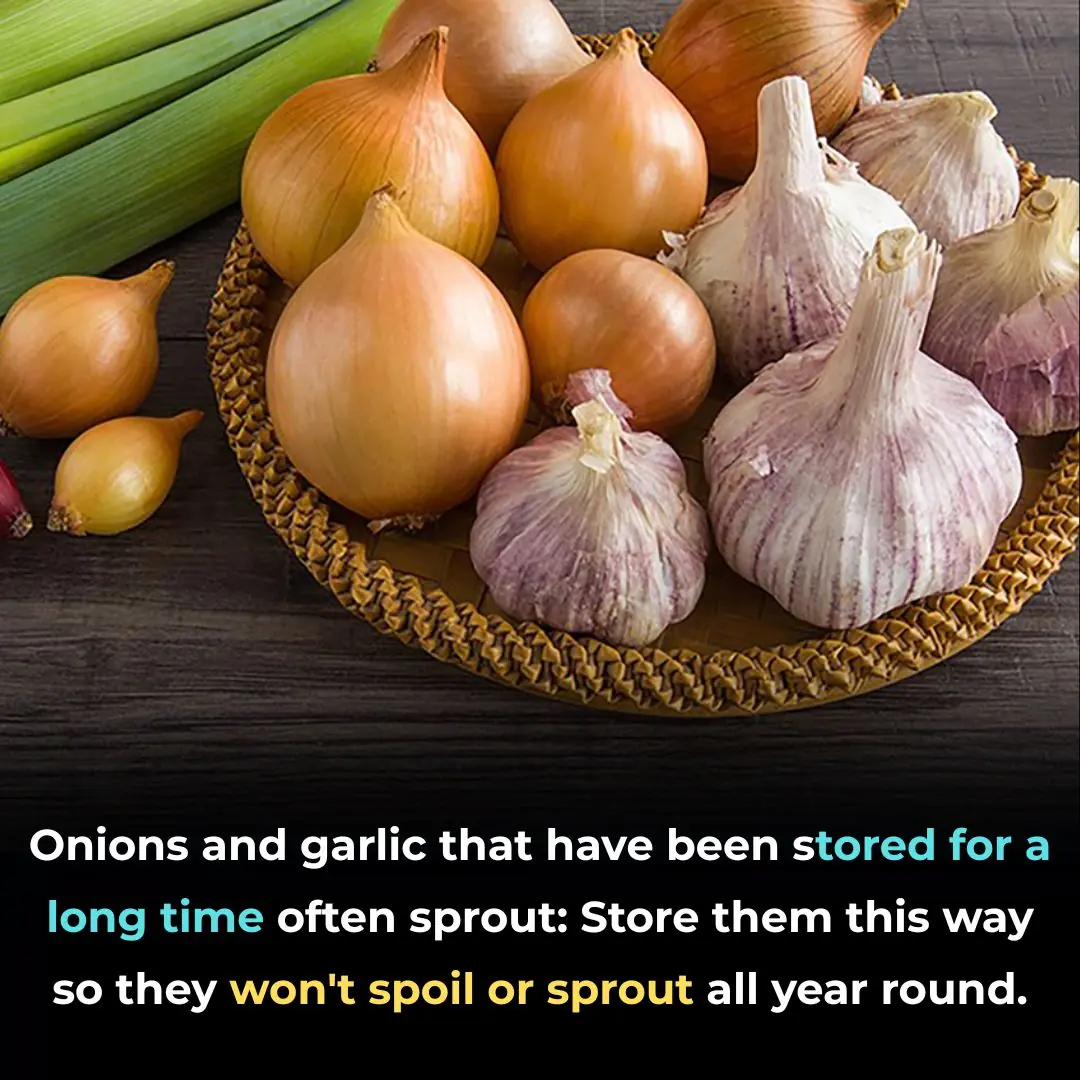
Onions and garlic that have been stored for a long time often sprout: Store them this way so they won't spoil or sprout all year round.

Toilet lid and seat are yellowed for a long time: Apply this tip to whiten the toilet and remove all bad odors

Drop this handful of leaves into fish stock: Big or small fish will be tender, no longer fishy, and delicious.

Prince Harry Had Two Close Encounters with Known Stalker During Recent U.K. Visit

A simple tip on how to grow ginger using cement bags, never had such a good yield of ginger

Blanching pork in boiling water, you think it's clean but it absorbs more dirt: This is the right way to do it

Married at First Sight UK fans crown 'best match' after two weeks
